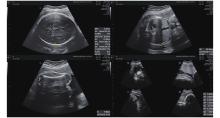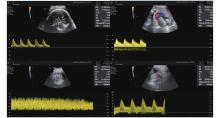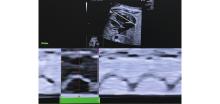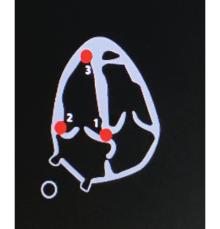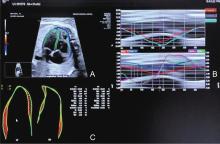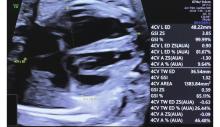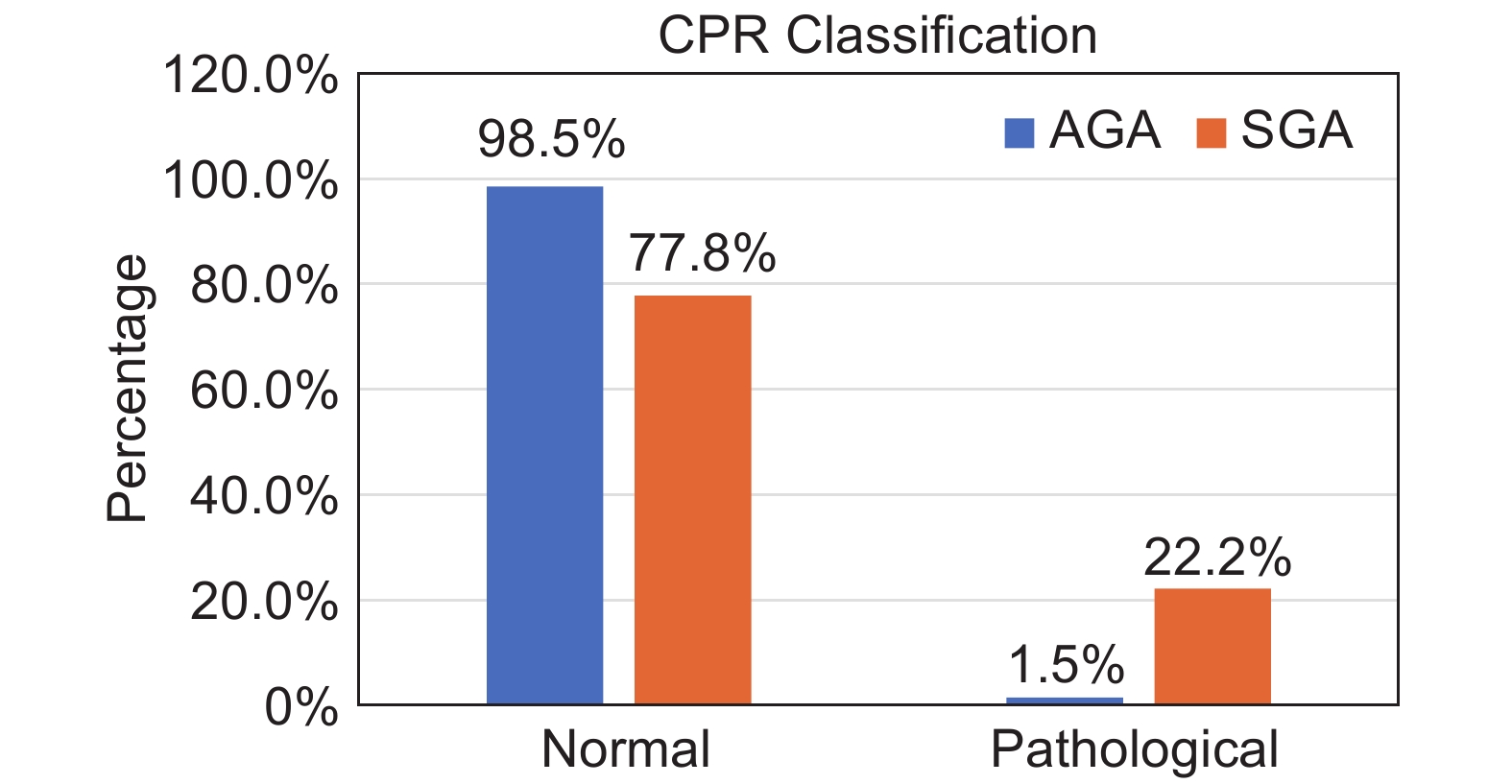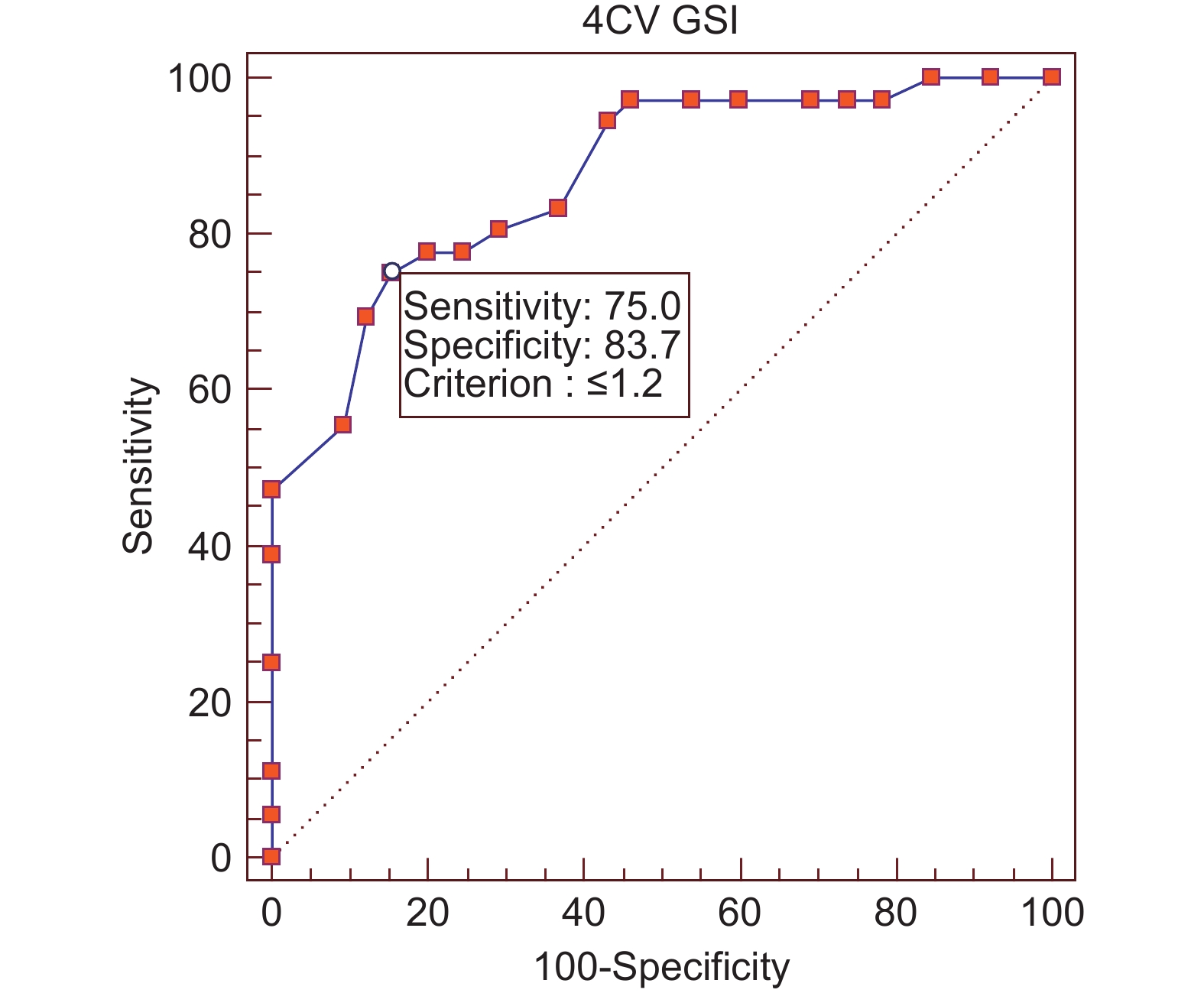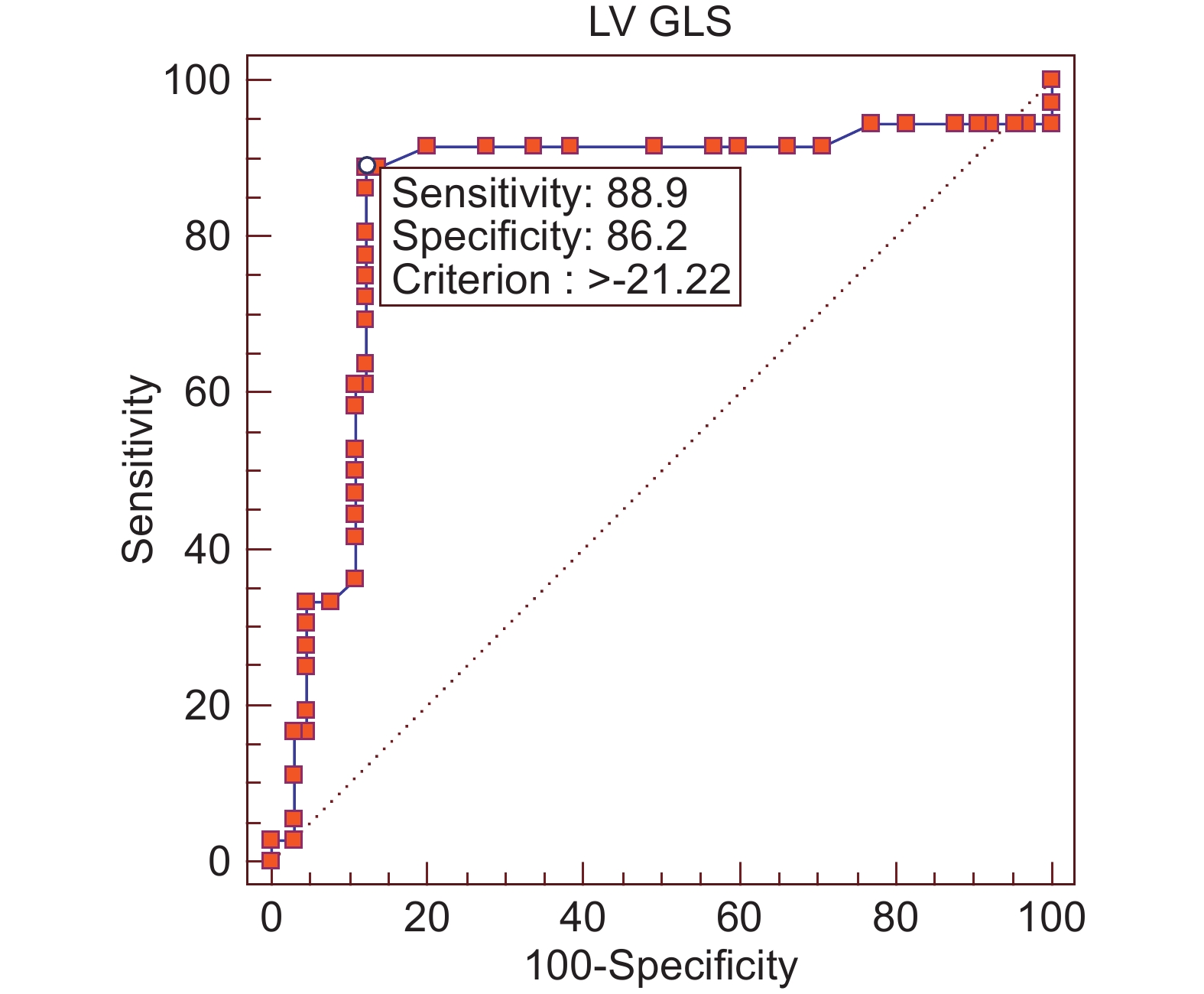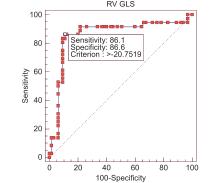| [1] |
Lees CC, Stampalija T, Baschat A, da Silva Costa F, Ferrazzi E, Figueras F, et al. ISUOG Practice Guidelines: diagnosis and management of small-for-gestational-age fetus and fetal growth restriction. Ultrasound Obstet Gynecol 2020; 56: 298-312.
|
| [2] |
Mecacci F, Avagliano L, Lisi F, Clemenza S, Serena C, Vannuccini S, et al. Fetal growth restriction: Does an integrated maternal hemodynamic-placental model fit better? Reprod Sci 2021; 28: 2422-2435.
|
| [3] |
International institute for population sciences (IIPS) and ICF. 2021. National Family Health Survey (NFHS-5), India, 2019-2021: Mizoram.
|
| [4] |
Gardiner HM. Response of the fetal heart to changes in load: from hyperplasia to heart failure. Heart 2005; 91: 871-873.
|
| [5] |
de Onis M, Habicht JP. Anthropometric reference data for international use: recommendations from a World Health Organization Expert Committee. Am J Clin Nutr 1996; 64: 650-658.
|
| [6] |
Physical status: the use and interpretation of anthropometry. Report of a WHO Expert Committee. World Health Organ Tech Rep Ser 1995; 854: 1-452.
|
| [7] |
Katz J, Wu LA, Mullany LC, Coles CL, Lee AC, Kozuki N, et al. Prevalence of small-for-gestational-age and its mortality risk varies by choice of birth-weight-for-gestation reference population. PLoS One 2014; 9: e92074.
|
| [8] |
Chew LC, Verma RP. Fetal Growth Restriction. In: StatPearls. Treasure Island (FL): StatPearls Publishing 2022.
|
| [9] |
Godfrey ME, Messing B, Cohen SM, Valsky DV, Yagel S. Functional assessment of the fetal heart: a review. Ultrasound Obstet Gynecol 2012; 39: 131-144.
|
| [10] |
van Oostrum NHM, de Vet CM, Clur SB, van der Woude DAA, van den Heuvel ER, Oei SG, et al. Fetal myocardial deformation measured with two-dimensional speckle-tracking echocardiography: longitudinal prospective cohort study of 124 healthy fetuses. Ultrasound Obstet Gynecol 2022; 59: 651-659.
|
| [11] |
Tan CMJ, Lewandowski AJ. The transitional heart: from early embryonic and fetal development to neonatal life. Fetal Diagn Ther 2020; 47: 373-386.
|
| [12] |
Senoh D, Hata T, Kitao M. Effect of maternal hyperglycemai on fetal regional circulation in appropriatate for gestational age and small for gestational age fetuses. American Journal of Perinatology 1995; 12: 223-226.
|
| [13] |
DeVore GR, Cuneo B, Klas B, Satou G, Sklansky M. Comprehensive evaluation of fetal cardiac ventricular widths and ratios using a 24-segment speckle tracking technique. J Ultrasound Med 2019; 38: 1039-1047.
|
| [14] |
Biswas M, Sudhakar S, Nanda NC, Buckberg G, Pradhan M, Roomi AU, et al. Two- and three-dimensional speckle tracking echocardiography: clinical applications and future directions. Echocardiography 2013; 30: 88-105.
|
| [15] |
Ringle A, Dornhorst A, Rehman MB, Ruisanchez C, Nihoyannopoulos P. Evolution of subclinical myocardial dysfunction detected by two-dimensional and three-dimensional speckle tracking in asymptomatic type 1 diabetic patients: a long term follow-up study. Echo Res Pract 2017; 4: 73-81.
|
| [16] |
Claus P, Omar AMS, Pedrizzetti G, Sengupta PP, Nagel E. Tissue tracking technology for assessing cardiac mechanics: principles, normal values, and clinical applications. JACC: Cardiovascular Imaging 2015; 8: 1444-1460.
|
| [17] |
Li W, Li Z, Liu W, Zhao P, Che G, Wang X, et al. Two-dimensional speckle tracking echocardiography in assessing the subclinical myocardial dysfunction in patients with gestational diabetes mellitus. Cardiovasc Ultrasound 2022; 20: 21.
|
| [18] |
Liu W, Li W, Li H, Li Z, Zhao P, Guo Z, et al. Two-dimensional speckle tracking echocardiography help identify breast cancer therapeutics-related cardiac dysfunction. BMC Cardiovasc Disord 2022; 22: 548.
|
| [19] |
DeVore R. Assessment of ventricular contractility in fetuses with an estimated fetal weight less than the tenth centile. Am J Obstet Gynecol 2019; 221: 498.e1-498.e22.
|
| [20] |
Zhang W, Zhang B, Wu T, Li Y, Qi X, Tian Y, et al. Value of two-dimensional speckle-tracking echocardiography in evaluation of cardiac function in small fetuses. Quant Imaging Med Surg 2024; 14: 8155-8166.
|

